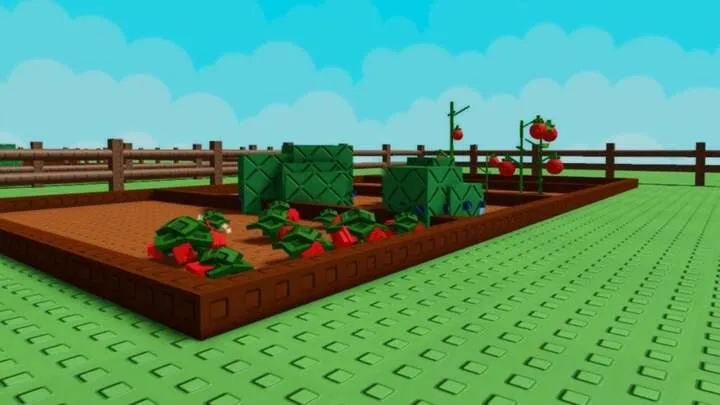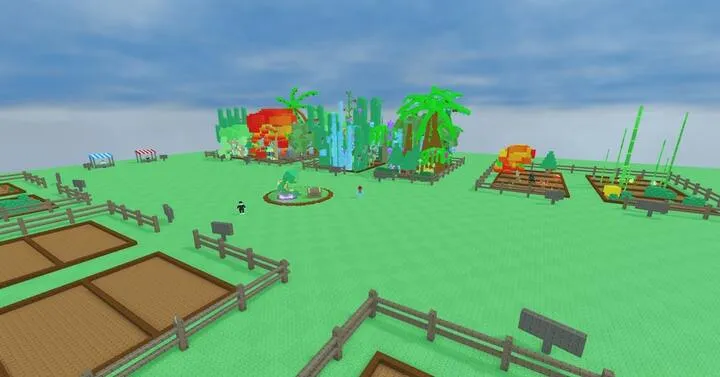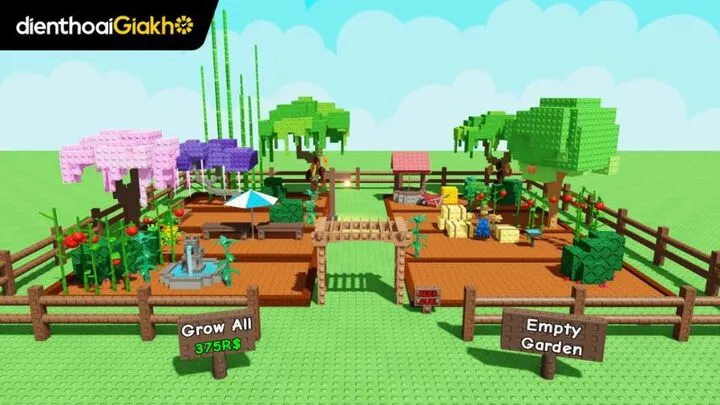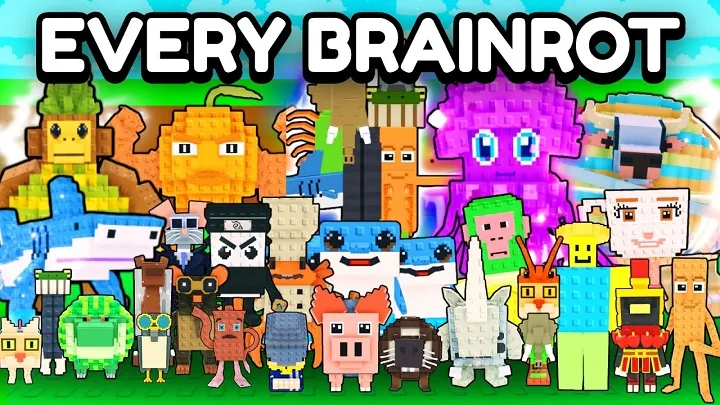Introduction
Grow a Garden transforms the classic gardening experience into an engaging, interactive simulation where creativity, planning, and strategic resource management determine your success. Whether you’re cultivating flowers, vegetables, or exotic plants, the game challenges you to balance growth cycles, weather conditions, and garden layout while expanding your farmstead. This guide provides expert tips, detailed strategies, and step-by-step insights to help you maximize your garden’s potential, optimize resource use, and enjoy the creative freedom that Grow a Garden offers. By the end, you’ll have the knowledge to cultivate not only a beautiful garden but a thriving, productive ecosystem.
1. Understanding the Game World

Garden Layout and Zones
- The game offers a variety of terrains and garden plots, each with unique soil quality, sunlight exposure, and water retention.
- Recognize the differences between garden zones: shaded areas slow growth, sunny zones accelerate flowering, and waterlogged zones may risk root rot.
- Use landscape features to your advantage, like hills for drainage or flat areas for large plant groupings.
Weather and Environmental Impact
- Weather plays a pivotal role in plant health. Rain provides natural hydration but may increase fungal risk.
- Seasons influence plant growth cycles and bloom times, so plan your crops accordingly.
- Observe subtle environmental cues—wind can damage delicate flowers, and heavy sun may require shading or irrigation adjustments.
2. Preparing Your Garden for Planting
Soil Preparation
- Till the soil to increase aeration, which improves root growth.
- Apply fertilizers or compost to enrich nutrient-poor plots.
- Test soil pH and moisture levels to match plant preferences, ensuring higher growth rates.
Selecting Plants
- Start with easy-to-grow species to learn growth patterns and care routines.
- Diversify plant types to create a resilient garden—mixing flowers, herbs, and vegetables minimizes risk from pests or disease.
- Prioritize seasonal plants for maximum yield during each in-game season.
3. Planting and Growth Management
Proper Spacing and Arrangement
- Avoid overcrowding—plants too close together compete for nutrients and sunlight.
- Consider companion planting: some plants benefit from neighbors, while others may hinder growth.
- Plan your layout to simplify watering, harvesting, and pest control.
Watering and Fertilization
- Track each plant’s hydration needs; overwatering can be as harmful as drought.
- Use fertilizers strategically to boost growth during critical phases.
- Automated irrigation systems save time, especially for large gardens.
4. Pest and Disease Control
Identifying Threats
- Monitor leaves and stems for discoloration, holes, or wilting.
- Early detection of pests like aphids or snails prevents widespread damage.
- Disease signs, including spots or mildew, require immediate attention to avoid spread.
Treatment and Prevention
- Apply organic pesticides or natural deterrents to minimize environmental impact.
- Rotate crops seasonally to reduce soil-borne diseases.
- Encourage beneficial insects like ladybugs or bees to maintain ecological balance.
5. Harvesting Strategies

Timing the Harvest
- Harvest crops at peak ripeness for maximum quality and yield.
- Some plants have staggered harvest cycles—plan a rotation to ensure continuous production.
- Track growth stages visually or through in-game timers for optimal collection.
Storage and Utilization
- Store harvested crops properly to prevent spoilage.
- Use harvested items for crafting, cooking, or trading to expand your garden’s productivity.
- Prioritize high-value plants for storage or sales to maximize in-game resources.
6. Garden Expansion and Infrastructure
Adding New Plots
- Gradually expand garden space to accommodate more diverse crops.
- Plan expansions around existing irrigation and pathways to maintain efficiency.
- Consider terrain elevation and sunlight exposure for optimal placement.
Upgrading Facilities
- Build greenhouses to grow seasonal plants year-round.
- Install compost bins, water reservoirs, or tool sheds to streamline operations.
- Upgrade storage units to hold more crops, seeds, and supplies without cluttering your workspace.
7. Seasonal Planning and Events
Seasonal Growth Cycles
- Plant according to seasonal calendars for optimal growth and flower displays.
- Rotate crops to match seasonal weather conditions, reducing risk of failure.
- Track in-game events or challenges that provide bonuses for specific plants or harvests.
Special Event Participation
- Seasonal festivals or challenges may reward rare seeds, decorations, or resources.
- Participate actively to gain unique items that enhance your garden aesthetically or functionally.
- Time-limited events encourage planning and efficient resource management.
8. Advanced Gardening Techniques
Companion Planting and Crop Rotation
- Pair plants that boost each other’s growth or repel common pests.
- Rotate crops across plots to maintain soil health and prevent nutrient depletion.
- Learn patterns of plant interaction to maximize yield and minimize maintenance.
Hybridization and Rare Plants
- Experiment with cross-pollination to create hybrid species.
- Unlock rare or exotic plants by meeting specific in-game criteria or events.
- Track hybrids’ traits and growth cycles to incorporate them efficiently into your garden.
9. Resource Management and Economy
Budgeting Supplies
- Monitor seeds, fertilizers, and water to prevent shortages.
- Plan purchases based on crop cycles and expected returns.
- Reuse materials like compost and tools to optimize spending.
Trading and Market Use
- Sell surplus crops to gain coins or trade for rare seeds.
- Engage in in-game markets or events to exchange items strategically.
- Invest in high-demand crops during peak seasons for maximum profit.
10. Long-Term Garden Optimization

Routine Maintenance
- Establish daily schedules for watering, fertilizing, and pest monitoring.
- Regular upkeep ensures continuous growth and prevents setbacks.
- Use checklists to streamline multi-crop management in larger gardens.
Expanding Creativity
- Decorate your garden with paths, ponds, and statues for aesthetic appeal.
- Experiment with plant arrangements, color patterns, and themed layouts.
- Use advanced techniques to balance beauty, productivity, and sustainability.
Conclusion
Grow a Garden combines creativity, strategy, and patience to create a rich virtual gardening experience. By mastering planting, resource management, pest control, and seasonal planning, you can build a vibrant and productive garden that grows alongside your skills. From initial soil preparation to hybrid plant experimentation, every choice shapes your garden’s success. Embrace exploration, plan carefully, and enjoy the satisfaction of nurturing a living, breathing world of flora.

















